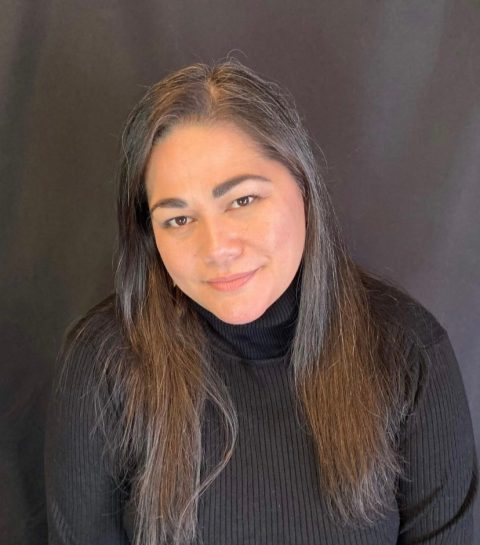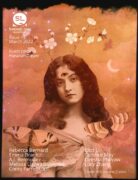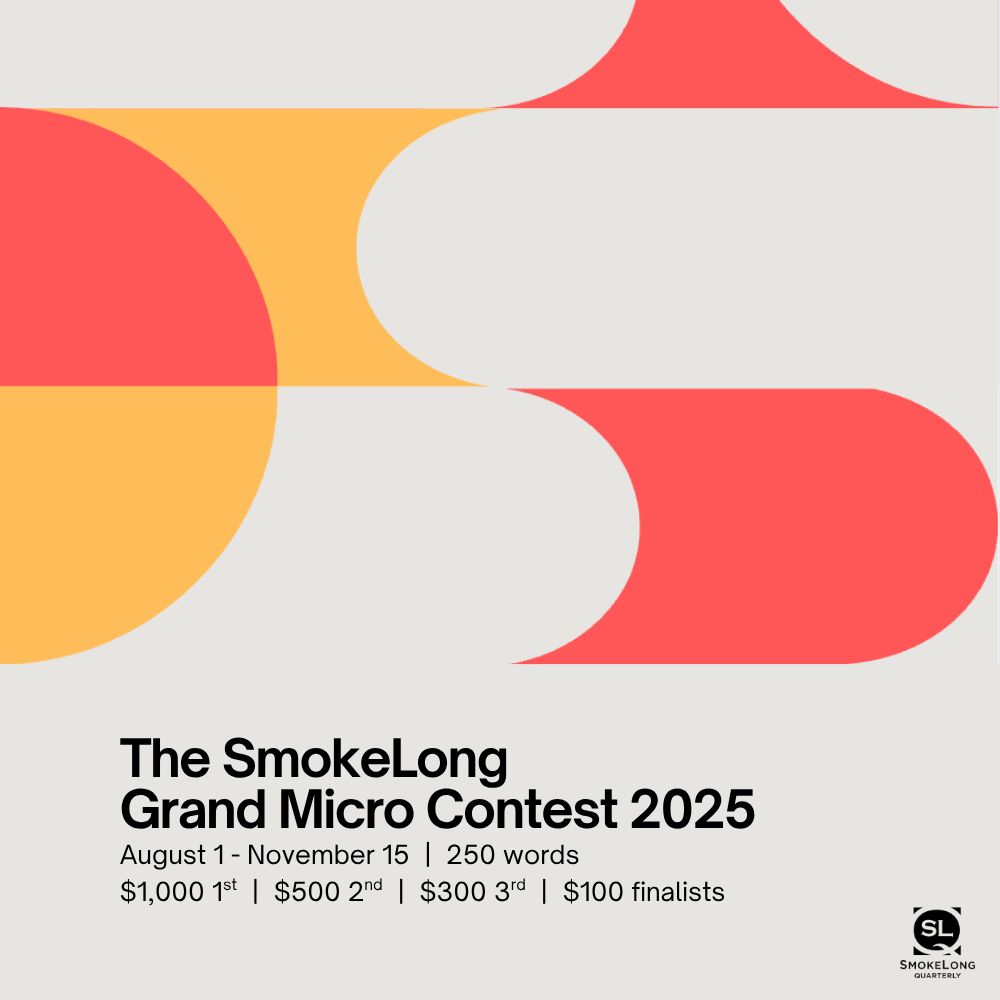In Jamaica Kincaid’s “Girl,” the viewpoint is a girl instructed by a matriarch. This feels like a girl also looking to emulate and learn from her matriarch. How did you decide to write from that perspective?
Thank you for referencing Jamaica Kincaid’s “Girl!” She’s one of my major influences. “Girl” is the story that made me realize I could write in my voice about my life growing up in Hawai’i. The matriarch in my story mirrors the one in “Girl” in that both are trying to instruct their daughter in how to be a good girl in the world they live in. The way she showed how people perceive you in the way you dress or act resonated with me as that also was my entire childhood. If you weren’t dressed right or acting your best, then you were basically not worth anything.
As readers, we know this is a unique setting but you don’t inundate the reader with exposition or backstory. The spare details define the space and characters with words that feel natural: hamajang feet, walk on lava, and chichis. I looked up “hamajang” and found this definition: “something that is messed up, crooked, disorderly or needs to be fixed.” How did you choose these specific words and what are their significance to the story, and you?
When I choose to write a piece that code switches between Hawaiian Pidgin Creole and Standard American English, the right words just flow. It’s definitely a tightrope of giving enough contextual clues to allow the reader to understand without having to look outside of the text for meaning, unless they want to. There is another word I could have used that’s similar to hamajang, which is kapakahi, but this word refers more to structures and buildings and sometimes people. The sound and meaning of hamajang works well with body parts and social situations. There is always a little bit of my life in my work. For me, it’s very difficult to separate the two.
Beyond the cultural words, there are also references to cultural class. Two mentions stand out: the walking with a book on her head and the Ben Franklin sales-rack blouse. In Kinkaid’s “Girl,” she uses color to explore both class structure and daily life with the phrase: “Wash the white clothes on Monday.” You mention, “… tracing edges of blue and white scallops.” Because this is a micro, the specific colors and design feel weighty. Why are the blue and white scallops important? In a piece with only one proper name mentioned, why this specific store? It stands out in the prose and feels like it holds a special emphasis.
Ben Franklin was the general store from my childhood in Kailua-Kona, a small fishing village on the Big Island of Hawai’i. The only mall on the island was in Hilo on the east side, so cheap clothing options weren’t plentiful. I think naming the store is definitely a marker of social status, of being too poor to go to the mall. There is this feeling that even if you’re poor, you should never act like it. Your clothes may be cheap but if you keep them clean and free of wear, you can pretend you are better off than you are. This blouse would have been found in a Ben Franklin bargain bin. The tracing of the edge is a sense memory and reinforcement of the blouse’s specialness.
There is lovely repetition and lyricism in the sounds of the slippers, the “in ache” in the title and last sentence, the sound repetitions of long and short “a.” How did you approach adding the lyricism and also sense of urgency and movement? It feels very natural. Is the rhythm reflective of how you envisioned the characters speaking and moving?
I’ll be honest, my first draft for this was basically stream-of-consciousness. I wrote it without italics or any speaking markers. The rhythm and lyricism found itself as I was writing. Sometimes, I think the lyricism in my writing comes from years of musical training as well as the natural propensity for many Hawaiians to be musically inclined, whether it be with singing or instruments or both. As for the urgency, I think, for me, it comes from my choice to write this in one go. I took the prompt and went with what came to me and wrote it quick and hot and hard. As you know, this can be a good thing or a bad thing, and in this case, it was a good thing.
The sensory details stand out too: the ache, bleeding heels, pinched toes, and skin rubbed raw. Each phrase emphasizes physical aspects that are also identifiable. We’ve all had heels that hurt from wearing the wrong or new shoes. Here, the “ache” feels like it holds more than visceral or obvious pain. What is the significance of that overall ache?
For me, the overall ache is trying to fit your body into the set definition of what is expected. Like in Girl, the main character wants to fit in – to be good, to dress right, to be perceived as someone who is the right kind of beautiful. For anyone who has ever been plus-sized or large-footed or too tall or too short or too skinny or too anything, the reinforcement of society through the people who care for us to change our bodies to fit the preconceived notions of perfection is a painful and sometimes brutal reminder that we will never be that no matter how hard we try.
What are you working on/being published soon? Where can we find you on social media?
I’m currently working on a speculative novel in flash. I have upcoming publications in Reckon Review, Ruby Literary Magazine, The Razor, and Lost Balloon, as well as my short story collection, Hard Skin, with Juventud Press. You can find me on Twitter and Instagram @lumchmfa and talking story at www.melissallanesbrownlee.com.



 The SmokeLong Grand Micro Contest (The Mikey) is now an annual competition celebrating and compensating the best micro fiction and nonfiction online.
The SmokeLong Grand Micro Contest (The Mikey) is now an annual competition celebrating and compensating the best micro fiction and nonfiction online.